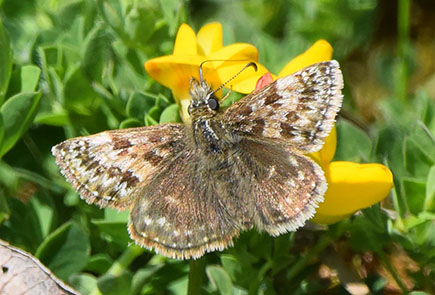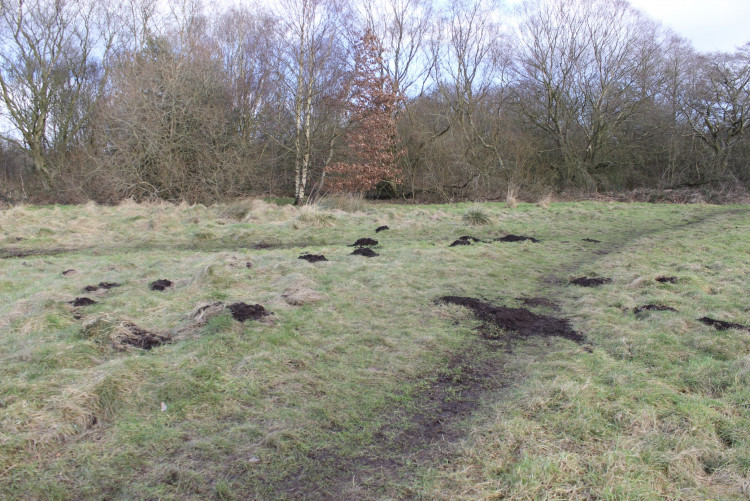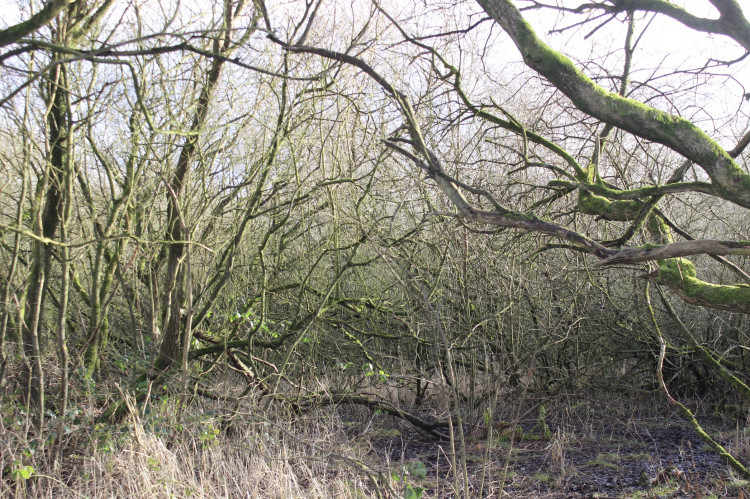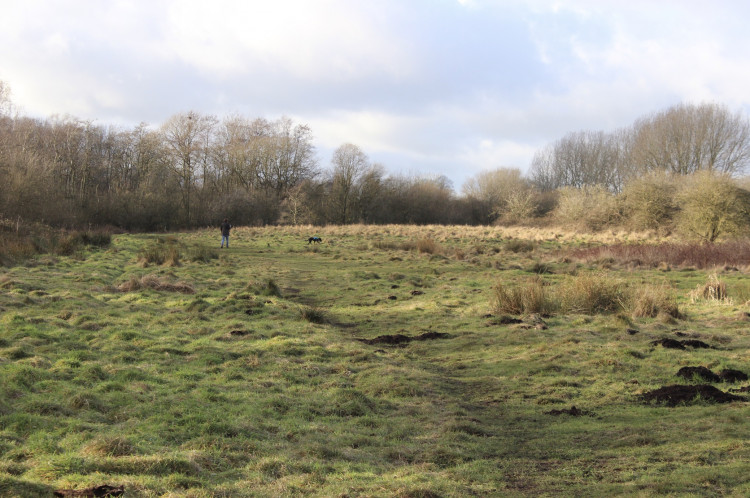Danes Moss Biodiversity Update June 2022: Legally Protected Species in Macclesfield
By Save Danes Moss Group - Andrew Emmerson 30th Jun 2022
By Save Danes Moss Group - Andrew Emmerson 30th Jun 2022


The first aggregation of results from the biological recording on the proposed development area of Danes Moss are now available.
Data has been crunched from records mainly over the last four years. This is a total of nearly 5000 observations of well over 300 species from across the whole Moss including the area of the proposed development. These observations are freely available to the public on the iNaturalist and ebird websites.
Obviously Save Danes Moss are interested in saving all the wildlife that lives there but sadly there are many species in serious decline across the UK, so these are being highlighted to shout about what a valuable and important part of the natural heritage within Cheshire East this site is.
There are some very rare species there such as Dingy Skipper Butterfly which is vulnerable to extinction in the UK and the Willow Tit which has seen a 94% decline across the UK since the 1970s.

This combined with the valuable green space adjacent to Macclesfield and 220,000+ tons of CO2 that the peat contains reinforces what madness it is to even be considered for destruction.
Recording wildlife is never complete and anyone can join in for free, one of the easiest ways to help is to join in with the bioblitz project on iNaturalist. Details can be found in the blog section on the Save Danes Moss website.
Public bodies including local authorities now have a legal duty to have regard to conserving biodiversity in the exercise of their normal functions. There is currently a list of 943 species which are listed as 'Section 41 species of principal importance' for England, the proposed development area at Danes Moss has 23 of them (this is likely to increase with additional recording) with more on the rest of the Moss. In additional the whole site is also classified as a relict lowland raised peat bog which is restorable, this makes it a legally protected habitat which is of international importance.
Here is a summary of what has been recorded so far...
Danes Moss Section 41 species within the proposed development area:

Butterflies
- Dingy skipper (Erynnis tages)
- Small heath (Coenonympha pamphilus)
Moths
- Blood vein (Timandra comae)
- Buff ermine (Spilosoma luteum)
- Cinnabar (Tyria jacobaeae)
- Dusky brocade (Apamea remissa)
- Grass rivulet (Perizoma albulata)
- Knot grass (Acronicta rumicis)
- Latticed heath (Chiasmia clathrata)
- Shoulder-striped wainscot (Mythimna comma)
- Small square-spot (Diarsia rubi)
- White ermine (Spilosoma lubricipeda)
Birds
- Common bullfinch (Pyrrhula pyrrhula)
- Common grasshopper warbler (Locustella naevia)
- Common starling (Sturnus vulgaris)
- Dunnock (Prunella modularis)
- Herring gull (Larus argentatus)
- House sparrow (Passer domesticus)
- Northern lapwing (Vanellus vanellus)
- Reed bunting (Emberiza schoeniclus)
- Song thrush (Turdus philomelos)
- Willow tit (Poecile montanus)
Amphibians
- Common toad (Bufo bufo)

Danes Moss Section 41 species outside the development area
Butterflies
- Dingy skipper (Erynnis tages)
- Small heath (Coenonympha pamphilus)
Moths
- Buff ermine (Spilosoma luteum)
- Cinnabar (Tyria jacobaeae)
- Latticed heath (Chiasmia clathrata)
Birds
- Common bullfinch (Pyrrhula pyrrhula)
- Common cuckoo (Cuculus canorus)
- Common grasshopper warbler (Locustella naevia)
- Common linnet (Carduelis cannabina)
- Common starling (Sturnus vulgaris)
- Eurasian curlew (Numenius arquata)
- Eurasian tree sparrow (Passer montanus)
- Dunnock (Prunella modularis)
- Herring gull (Larus argentatus)
- House sparrow (Passer domesticus)
- Lesser redpoll (Carduelis cabaret)
- Northern lapwing (Vanellus vanellus)
- Reed bunting (Emberiza schoeniclus)
- Skylark (Alauda arvensis)
- Song thrush (Turdus philomelos)
- Spotted flycatcher (Muscicapa striata)
- Willow tit (Poecile montanus)
- Yellow wagtail (Motacilla flava)
Amphibians
- Common toad (Bufo bufo)
Reptiles
- Common lizard (Zootoca vivipara)
Mammals
- Brown Hare (Lepus europaeus)
As well as the section 41 species, there are 55 species of bird recorded across the whole of Danes Moss that are on the UK Redlist, these are birds listed as of conservation concern:
- 21 are red status
- 34 are amber status
Of those recorded within the proposed development area:
- 8 are red status
- 18 are amber status.

Cheshire East Council have been contacted for comment in response to the species survey.
950 new homes and a link road are set to cut through the peatlands, which is on the fringes of the official boundaries of the Danes Moss Nature Reserve, was once originally part of the reserve.
The site was granted outline planning approval in 2019. Councillors are expected to vote on the future of the South Macclesfield site later this year.
A Change.org petition entitled 'SAVE DANES MOSS' , to try and stop the housing plans, has 16,656 signatures as of publication of this article.

Read more about the proposals for the site here.
See Also: TV celebrity Chris Packham weighs in on under-threat Macclesfield Danes Moss Site
Macclesfield: Have you signed up for our FREE Friday weekly newsletter? It contains each week's top five Macclesfield news stories, and one EXCLUSIVE article?
1400 of you have signed up already. Simly enter your email address on this link.
Free from pop-up ads, or unwanted surveys, Macclesfield Nub News is a quality online newspaper for our town.
CHECK OUT OUR Jobs Section HERE!
macclesfield vacancies updated hourly!
Click here to see more: macclesfield jobs
Share:
























